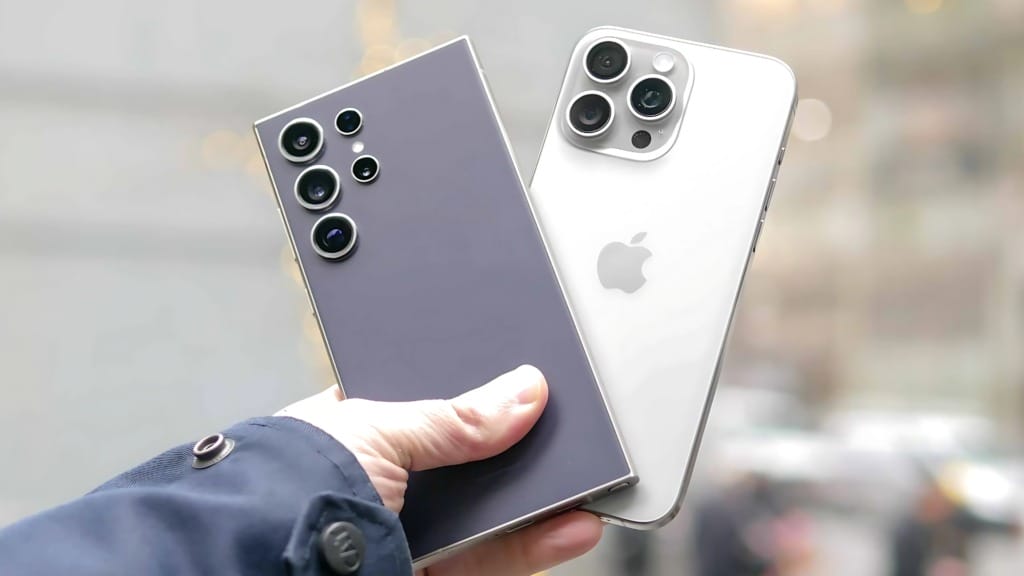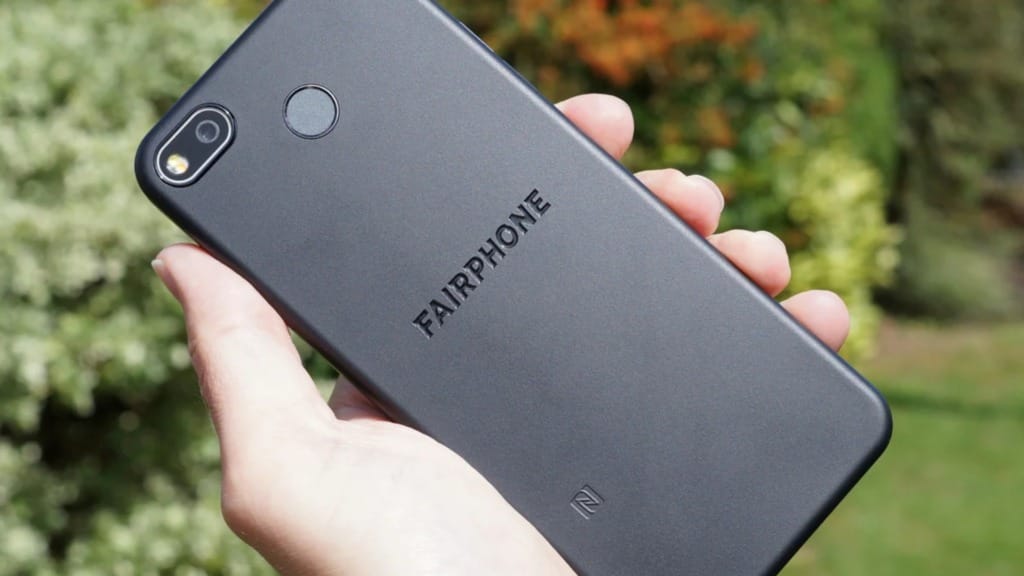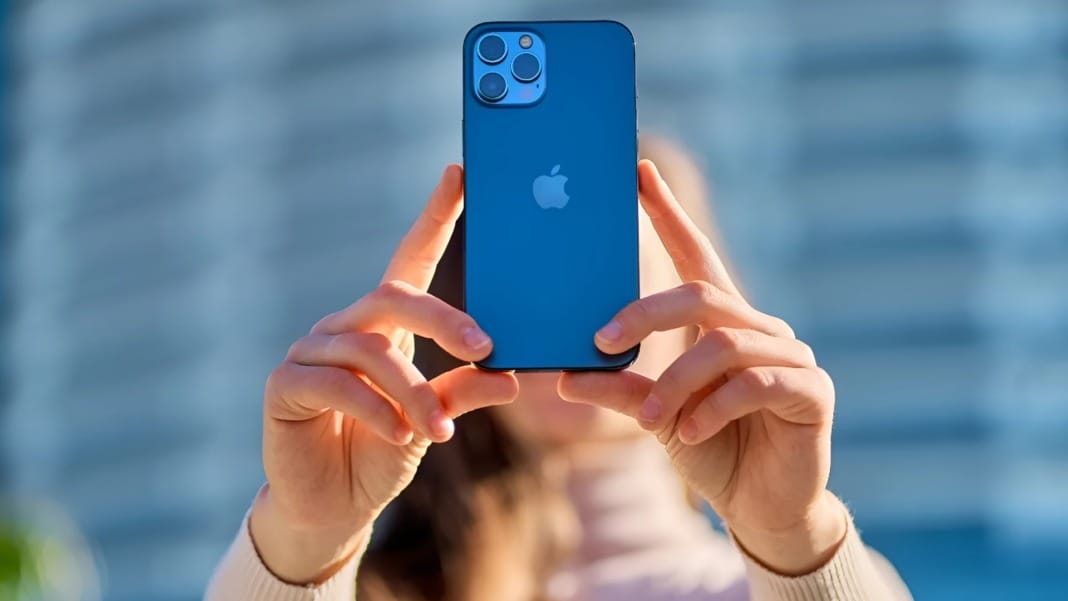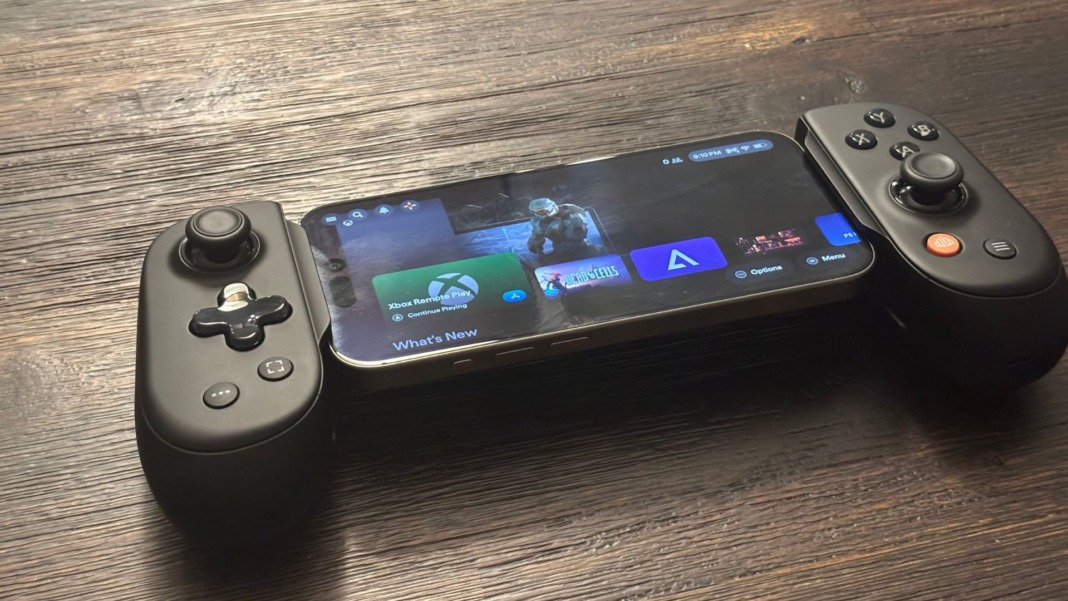The way people buy smartphones is changing fast. More consumers are choosing to subscribe to their phones instead of paying full price upfront or signing a two-year contract. This approach, known as hardware as a service (HaaS), treats phones like a streaming service — you pay a monthly fee, use the device, and then swap it for the next model when you’re ready. It’s a significant shift from how phones were traditionally sold, and it’s already reshaping consumer habits, business strategies, and even the environmental footprint of the tech industry.
At first glance, this sounds like a win-win for everyone. Consumers avoid a large upfront payment and always get the latest device. Phone makers enjoy steady, predictable revenue while keeping closer relationships with their customers. However, this shift also raises questions about ownership, long-term costs, and whether the convenience of subscriptions comes at the expense of personal freedom.
For anyone who loves upgrading to the latest tech, HaaS is the perfect solution. However, for those who value ownership and long-term savings, the new system may feel like a never-ending rental with no assets to show for years of payments. To fully understand this shift, it’s essential to break down how it affects everyone involved — phone users, manufacturers and retailers, and environmental advocates. Whether this model becomes the future standard or just a passing trend depends on how these factors play out in the years ahead.
What hardware as a service means for consumers
For many smartphone users, the biggest appeal of HaaS is affordability. Instead of paying US$1,500 or more upfront, you pay a smaller monthly fee spread over time. This lowers the barrier to owning high-end devices, which is especially attractive for younger consumers or those who prefer spreading costs across predictable monthly bills. This could mean US$20 to US$40 a month rather than a daunting lump sum for flagship phones. In some cases, HaaS deals are cheaper than traditional phone contracts because companies factor in a residual value, meaning they expect the phone to have value still when it’s returned.
Alongside affordability, flexibility is a significant selling point. With subscription plans, you often get the option to upgrade to a newer model every year or two without needing to resell your current device or negotiate a trade-in. This is ideal for tech enthusiasts who love having the latest features and faster processors. It also appeals to those who fear missing out when new phones launch since they no longer need to justify upgrading every time. The convenience of upgrading is baked into the plan, making it a frictionless experience compared to buying and selling phones individually.
However, ownership concerns loom over this convenience. With HaaS, you don’t own the phone — you’re effectively renting it. Once the subscription ends, you either return the device or pay a buyout fee to keep it. This is a mental shift for users who have always seen their phones as personal possessions. For some, this raises concerns about losing control over their device’s lifespan or feeling like they’re constantly paying for something they never owned. It also removes the resale value that many people rely on to fund their next phone purchase.

Another drawback is device condition requirements. To avoid penalties, subscribers need to keep their phones in good shape, which can add stress, especially for parents who provide handphones to their children or people prone to accidental drops. Damaged phones could trigger repair fees before they’re accepted back at the end of a subscription. This creates a new layer of responsibility, which can feel restrictive compared to owning your phone outright, where scuffs and scratches are simply part of everyday use.
How manufacturers and retailers are changing their business models
For hardware makers and sellers, hardware as a service represents a complete shift in how they make money. In the past, manufacturers relied heavily on one-time sales every upgrade cycle, with little direct connection to customers after the sale. With HaaS, that relationship becomes ongoing, as the company provides the hardware and the service around it, including upgrades, repairs, and even insurance. This turns hardware into a recurring revenue stream, like a subscription to apps or streaming services.
This shift also brings supply chain benefits. Companies can plan production and inventory more accurately when they know how many users will upgrade each year through a subscription plan. This reduces the risk of overproduction and helps companies manage component sourcing better. Hardware makers also have more control over used devices since subscribers are required to return them at the end of each term. This creates a built-in circular economy, where devices are repaired, refurbished, and reissued to new users rather than ending up unused in drawers or discarded.
Retailers and mobile carriers also see opportunities for additional revenue. By bundling HaaS subscriptions with service plans, they can lock in customers for longer and create packages that include not just the device, but data plans, streaming subscriptions, or even smart home services. This bundling increases customer lifetime value and deepens brand loyalty. Carriers benefit from reduced churn since mid-subscription customers are far less likely to switch networks. NowCircular and Cinch are two emerging tech subscription services in Singapore that are challenging the traditional mindset of owning devices. By offering affordable monthly plans for the latest gadgets, they aim to drive a shift toward a circular economy, where technology is accessed on-demand rather than owned outright.
However, this new model also comes with financial risks for companies. Providers need to predict residual values accurately, or they could lose money when older phones depreciate faster than expected. Managing refurbishment costs is also critical — if returned devices are too damaged to resell, the economics of the subscription model break down. This can be a serious barrier to offering HaaS competitively for smaller brands or companies without strong refurbishment networks.
Why sustainability is a significant factor in hardware as a service
The environmental angle is one of the most promising aspects of hardware as a service. When companies retain ownership of devices, they are strongly incentivised to extend the lifespan of each phone through refurbishment and resale. This contrasts with the traditional sales model, where consumers discard phones prematurely simply because a new model is available. By promoting reuse and responsible recycling, HaaS supports a more circular economy for electronics.
The current reality is that smartphones generate significant electronic waste. More than 1 billion smartphones are sold each year, and many older devices end up in landfills or languish in drawers. Less than 20% of these devices are collected for proper recycling. HaaS can dramatically increase collection rates since every subscription requires the phone to be returned at the end of the term. This makes it easier for manufacturers to recover valuable materials like gold, cobalt, and lithium, which would otherwise go to waste.
This approach also helps reduce each device’s carbon footprint. Studies show that the majority of a phone’s environmental impact comes from its manufacturing process. By using each device for longer—through multiple users—companies can spread this environmental cost across more years of use. If phone lifespans were extended by just one year globally, it could reduce carbon emissions by millions of tonnes annually.

However, for sustainability gains to fully materialise, companies need to design devices for effortless refurbishment. Phones that are difficult to repair or upgrade limit the effectiveness of a circular model. Companies like Fairphone lead the way with modular designs, but mainstream brands still prioritise sleekness over repairability. If hardware as a service is to become a true sustainability success, design philosophies will need to evolve alongside business models.
How market trends are shaping the future of hardware as a service
The hardware as a service model is already gaining traction, particularly in markets where smartphones are expensive, and consumers are comfortable with subscriptions. In the United States, nearly half of new phone purchases are linked to lease, instalment, or subscription. In Europe and parts of Asia, adoption is also accelerating, driven by consumer demand for flexibility and carrier incentives to retain customers through bundled deals.
Tech giants are also shaping this shift. Apple’s iPhone Upgrade Program is one of the most prominent examples, offering users a new iPhone every year with AppleCare included. Samsung, Google, and even smaller companies like Raylo are also embracing the model. Some companies are experimenting with hybrid offers, combining hardware subscriptions with services like cloud storage, insurance, or premium support, creating all-in-one packages that extend beyond just the device.
As this trend grows, consumer sentiment will continue to evolve. Many younger consumers already see subscriptions as the norm for media, fashion, and transport, so leasing a phone feels natural. However, ownership still holds strong appeal for older or more budget-conscious users. To win over these customers, companies will need to demonstrate clear financial value and transparent terms around damage, upgrades, and cancellation.
Ultimately, hardware as a service is not just about payment plans. It’s part of a broader shift where technology becomes something you access, not own. Whether this enhances convenience or erodes personal freedom will depend on how companies balance flexibility, cost, and transparency in the years ahead.





